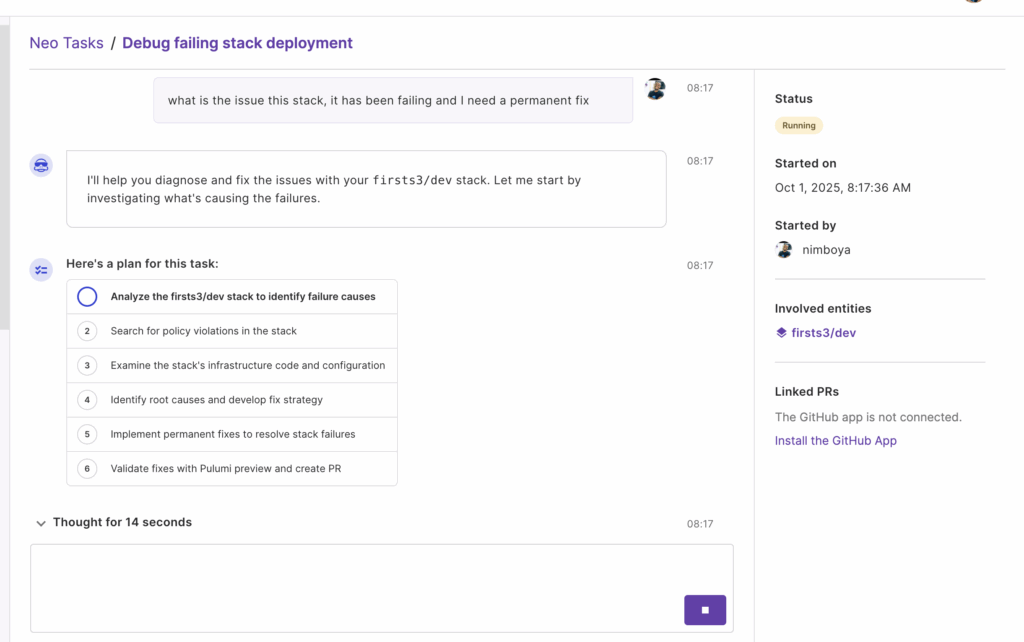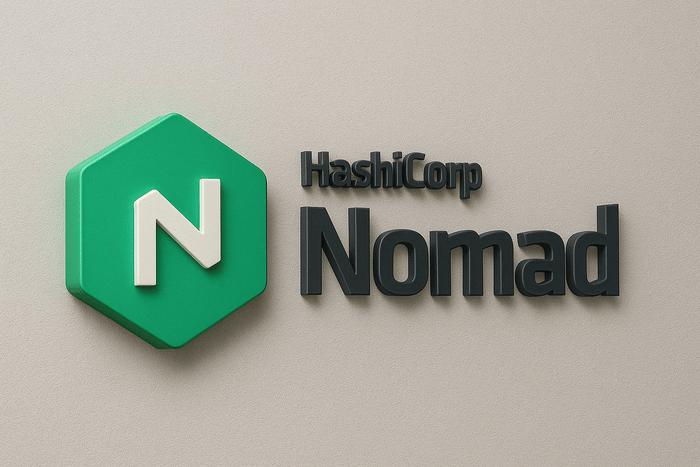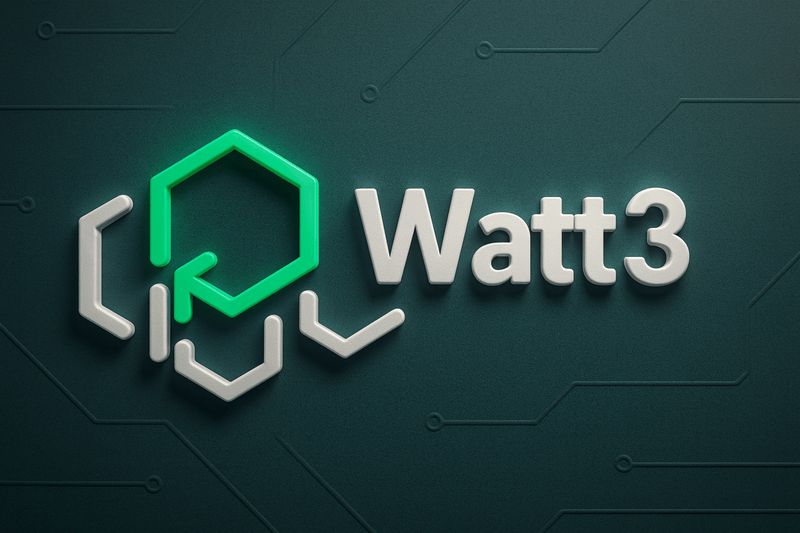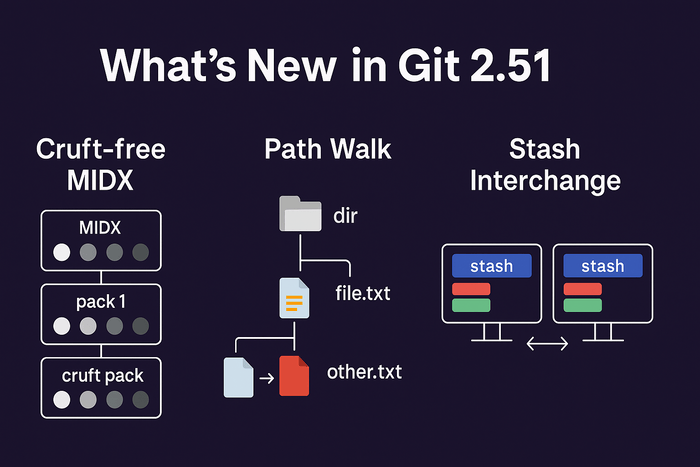In the ever-evolving landscape of cloud computing, infrastructure automation and management are at the heart of efficient and scalable operations. As the cloud-native paradigm continues to mature, organizations are increasingly turning to automation tools that streamline the process of provisioning, managing, and scaling infrastructure. One such tool that has garnered attention is the Flux Tofu Controller.
The Flux Tofu Controller is an open-source project developed by the Flux team. It integrates Terraform (and OpenTofu, a fork of Terraform) with Flux, a leading tool in the GitOps space. The Tofu Controller empowers teams to manage their infrastructure as code (IaC) directly within Kubernetes clusters using the GitOps methodology. By combining the powerful infrastructure management capabilities of Terraform with the declarative and automated workflows of Flux, the Tofu Controller offers an elegant solution for managing infrastructure, improving team collaboration, and ensuring security and auditability.
GitOps has emerged as a robust model for deploying and managing cloud-native applications and infrastructure. By using Git as the single source of truth for infrastructure definitions and configurations, GitOps eliminates the need for manual, error-prone operations, reducing human intervention and the associated risks. Flux is one of the most popular GitOps tools, offering a platform for declarative infrastructure management and seamless continuous delivery (CD) within Kubernetes.
However, while Flux excels in Kubernetes-centric workflows, managing Terraform configurations has often remained a challenge. Terraform is a widely used tool for provisioning and managing infrastructure, but its native workflows are not directly aligned with the GitOps principles that Flux champions. This gap led to the development of the Flux Tofu Controller; a solution that bridges the divide between GitOps and Infrastructure as Code (IaC).
In this comprehensive introduction, we will explore the key features and advantages of the Flux Tofu Controller, dive deep into its architecture, and compare it with similar technologies. Additionally, we will discuss the installation and configuration process, provide examples of usage, and highlight both the benefits and limitations of this technology. By the end of this article, readers will have a thorough understanding of how the Flux Tofu Controller can streamline infrastructure management workflows and why it might be the right choice for organizations looking to embrace GitOps for Terraform-based automation.
The Evolution of GitOps and Infrastructure Management
Before delving into the specifics of the Flux Tofu Controller, it’s important to understand the rise of GitOps and Terraform and the challenges that come with managing infrastructure in a cloud-native world. As organizations move to the cloud, traditional methods of infrastructure management—where teams manually provision and configure resources via APIs, UIs, or scripts—become increasingly inadequate.
Cloud providers such as AWS, Google Cloud, and Azure offer powerful infrastructure services, but managing and automating the deployment of these resources is often cumbersome and error-prone. To address these challenges, tools like Terraform emerged. Terraform enables users to define their entire infrastructure as code in a declarative configuration file, which can then be executed to provision resources on any supported cloud provider.
Terraform was revolutionary because it allowed teams to treat infrastructure as a programmable entity that could be versioned, tested, and automated just like application code. Terraform’s state files kept track of resource configurations, ensuring consistency and avoiding configuration drift. However, as powerful as Terraform is, it didn’t inherently integrate with modern CI/CD pipelines or GitOps workflows—leading to manual operations, inconsistent deployments, and reduced automation.
At the same time, GitOps emerged as a popular methodology for continuous deployment. GitOps advocates for using Git repositories as the single source of truth for infrastructure and application configurations. Changes to infrastructure or applications are made by pushing updates to the Git repository, where automated systems like Flux or ArgoCD monitor changes and apply them directly to the Kubernetes cluster. GitOps has since gained massive traction for its simplicity, security, and automation capabilities.
The challenge, however, lies in managing Terraform configurations in a GitOps manner. Terraform’s own execution process—especially when interacting with cloud APIs—requires external infrastructure state management, secrets management, and careful tracking of dependencies. This is where the Flux Tofu Controller comes in: it extends Flux’s GitOps principles to Terraform, providing an automated and declarative solution for managing infrastructure as code.
What is Flux Tofu Controller?
The Flux Tofu Controller is an operator that extends the capabilities of Flux by enabling the management of Terraform (and OpenTofu) configurations directly within Kubernetes clusters. The controller helps organizations implement a GitOps workflow for Terraform, allowing them to apply Terraform plans, manage infrastructure state, and apply changes based on Git pushes.
To clarify, GitOps is an approach where the desired state of infrastructure and applications is stored in Git repositories. Flux, a GitOps operator, continuously monitors these repositories for changes and automatically deploys changes to the Kubernetes cluster. The Flux Tofu Controller leverages the same GitOps workflows, but instead of deploying application code, it applies Terraform configurations stored in Git repositories to provision and manage infrastructure.
The Tofu Controller operates as a Kubernetes controller, continuously monitoring the desired state of Terraform configurations and managing the Terraform execution process. It ensures that the infrastructure defined in the Git repository is always reconciled with the live state of the cloud infrastructure. This reconciliation mechanism reduces the need for manual intervention and ensures that the infrastructure is continuously aligned with the source of truth in Git.
Key features of the Flux Tofu Controller include:
- Automated Terraform Execution: The Tofu Controller automatically runs Terraform plans and applies them to the infrastructure without manual intervention. This ensures that infrastructure changes are always aligned with the desired state defined in Git.
- State Management: Terraform’s state files are critical for tracking the current infrastructure configuration. The Flux Tofu Controller handles state management within the Kubernetes cluster, typically storing the state as Kubernetes Secrets to ensure security.
- Multi-Tenancy Support: The Tofu Controller supports multi-tenancy, enabling teams to manage different infrastructure environments (such as production, staging, and development) within a single Kubernetes cluster. This feature is particularly useful for large organizations where infrastructure environments need to be isolated but still managed centrally.
- Approval Workflow: The Tofu Controller allows for both automated and manual workflows. By setting the approvePlan flag, users can decide whether Terraform plans should be applied automatically or require manual approval before being executed.
- GitOps Integration: By using Flux, the Tofu Controller leverages the full power of GitOps. Terraform configurations are stored in Git repositories, and changes to these repositories automatically trigger Terraform execution, making the entire process more reliable and auditable.
Installation and Setup of Flux Tofu Controller
Installing and configuring the Flux Tofu Controller requires a Kubernetes cluster with Flux installed. The installation steps are fairly straightforward, and the process involves the following key stages:
- Install Flux: Ensure that Flux is installed and bootstrapped in your Kubernetes cluster.
- Install the Tofu Controller: Apply the necessary configuration files to install the Flux Tofu Controller.
- Configure GitOps Repositories: Set up Git repositories that will store your Terraform configurations and manage your infrastructure changes.
- Define Terraform Resources: Use custom Kubernetes resources (CRs) to define your Terraform configurations within Kubernetes.
The official documentation provides detailed steps on how to bootstrap Flux and configure the Tofu Controller. Once installed, the Tofu Controller will automatically manage Terraform runs based on changes detected in the Git repository.
Advantages of the Flux Tofu Controller
- Declarative Infrastructure Management: By integrating Terraform with Flux, the Tofu Controller allows teams to define infrastructure declaratively, making it easier to track and manage changes.
- Automation and CI/CD: With GitOps, every change made to the Git repository is automatically deployed. This continuous integration and delivery (CI/CD) model reduces manual errors and provides a repeatable process for managing infrastructure.
- Enhanced Security: Storing Terraform state as Kubernetes Secrets ensures that sensitive information is securely managed. Additionally, since the entire process is automated, the risk of human error is minimized.
- Scalability: The Tofu Controller is built for Kubernetes, which is inherently scalable. Whether you’re managing a small environment or a large, multi-tenant infrastructure, the controller can scale to meet the demands of your organization.
- Auditability: With Flux’s GitOps workflow, every change made to the infrastructure is tracked in Git, providing a clear history of changes and making it easier to audit infrastructure changes.
Limitations of the Flux Tofu Controller
- Complexity: While the integration between Terraform and Flux provides a powerful solution, it also introduces a certain level of complexity. Organizations must be familiar with both tools and their ecosystems to leverage the full capabilities of the Tofu Controller.
- Limited Provider Support: As with any integration, there may be cases where specific Terraform providers or configurations are not fully supported. This can require additional configuration or even custom integrations.
- Community Adoption: As a relatively new project, Flux Tofu Controller may not have as large a community or ecosystem as more established tools. This could impact the availability of community-driven resources, such as pre-configured templates or troubleshooting solutions.
Conclusion
The Flux Tofu Controller is a powerful tool that enables organizations to adopt GitOps practices for managing infrastructure using Terraform. It integrates the power of Flux, Terraform, and GitOps to automate and streamline the provisioning, management, and scaling of cloud infrastructure. By using the Tofu Controller, organizations can reduce the complexity of infrastructure management, improve collaboration between teams, and ensure that infrastructure is always aligned with the desired state defined in Git.
While the Flux Tofu Controller offers significant advantages in automation, security, and scalability, it is not without its challenges. Teams must be prepared to invest in understanding the underlying technologies and configurations to fully leverage its capabilities. Despite these challenges, the Tofu Controller represents a significant step forward in the evolution of infrastructure management and GitOps, offering a modern and efficient approach to provisioning cloud infrastructure.
You can follow the practical guide on how to setup and deploy infrastructure here.






